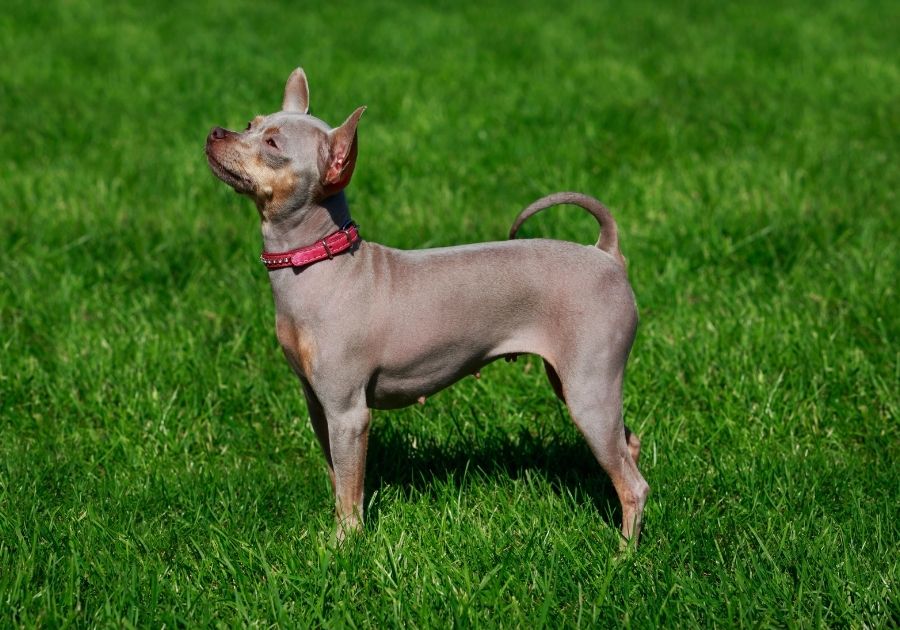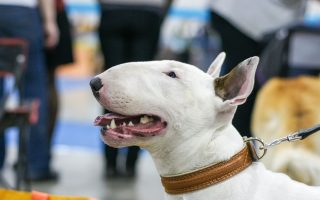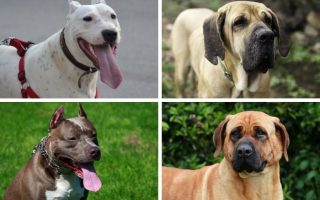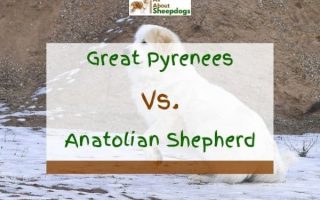Even though they hail from different parts of Europe, Great Pyrenees and Kuvasz often get confused one for another.
And, with just a casual glance at these two breeds, it’s easy to understand why. They are both strong, huge dogs with bodies covered with fluffy white fur.
Even their primary purpose is the same, both breeds were developed centuries ago to take care of the livestock.
However, taking a better look and comparing Great Pyrenees vs Kuvasz in more detail reveals some notable differences.
Below, I’ll explore what those differences are and what they mean for owners who are thinking of getting a dog that belongs to one of these two breeds.
| Attributes | Great Pyrenees | Kuvasz |
| Good For First Time Owners | No | No |
| Good Guard Dog | Yes | Yes |
| Apartment Friendly | No | No |
| Good Family Dog | Yes | Yes |
| Shedding | Moderate | Moderate to High |
| Barking And Howling | Moderate To High | Moderate to High |
| Height | 25-32 inches (63-81 cm) | 26-30 inches (66-76 cm) |
| Average Life Expectancy | 10-12 Years | 10-12 Years |
[wpsm_toplist]
Great Pyrenees – Dog Breed Information

Great Pyrenees have been serving people for centuries, herding and protecting livestock.
Originating from the rough terrain of the Pyrenees Mountains on the French-Spanish border, they developed as an extremely tough and protective breed.
Pyrs have been known to often go against large mountain predators in order to protect their flock.
These guardian instincts have survived to this day and they excel in the role of watchdogs.
Still, while they’re fearless when needed, in general, Great Pyrenees are a very kind and friendly breed which makes them great for families.
Appearance
The first thing you’ll notice when you see Great Pyrenees is just how big it is.
They have a massive, muscular, and sturdy body with lush fur that makes them look even bigger.
As they were developed in an area with rather harsh weather conditions, Great Pyrenees have a double coat that protects them from extreme temperatures.
The undercoat is soft and water-resistant, while the topcoat is longer and more coarse.
Solid white is the most common color, although some dogs can have tan, grey, or badger patches.
The head is massive and broad with a long muzzle and a thick neck.
The eyes are always brown with a gentle and soulful gaze. Ears are medium-sized and flop downwards.
Male Pyrs grow up to 27-32 inches (69-81 cm) and weigh around 105-120 pounds (48-54 kg).
Females reach 25-29 inches (63-74 cm) in height and 97-120 pounds (44-54 kg) in weight.
Temperament
Great Pyrenees combines all the best traits of an excellent guardian and a loving family dog.
They’re smart, brave, and alert which are all the qualities needed for a good watchdog.
In addition, they are rather reserved towards strangers. Pyrs are extremely protective and will gladly risk their life if they feel that their owner is in danger.
On the other hand, Great Pyrenees are kind, friendly, and patient.
They are great and very careful with kids, although due to their size, some supervision is required.
Pyrs are rather easy to train, but you’ll have to establish authority as they have an independent nature.
They are playful, but not very energetic and are a perfect match for less active owners.
Still, if you plan to get a Pyr, you should be aware of their nocturnal nature. If not taught differently, they’ll be happy to sleep through the day.
Kuvasz – Dog Breed Information
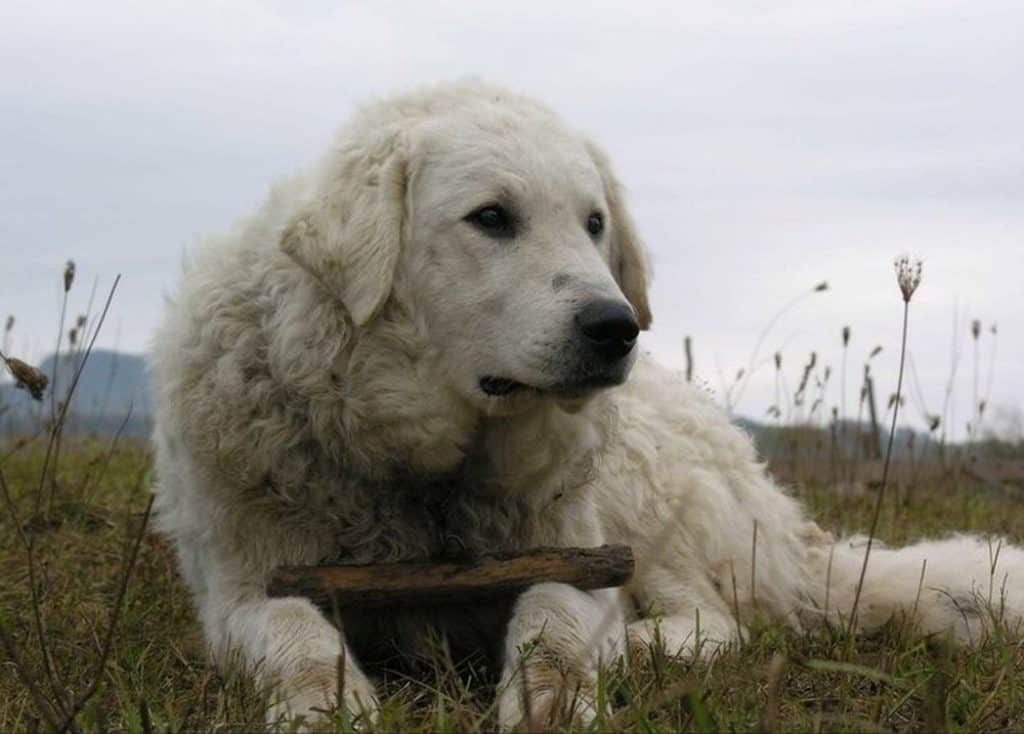
Kuvasz is a dog breed developed in the 15th century in Hungary, although their lineage can be traced to thousands of years ago and ancient Mesopotamia.
They were initially bred to take care of livestock, but have quickly established their credentials as excellent watchdogs.
They even served as guardians for the Hungarian royal family. Today, they also found their place as family dogs.
Appearance
They are very large dogs, although not as bulky as some other giant breeds.
They are a bit longer than tall with a rectangular body outline. Although rather slim for their size, they’re very muscular.
Their body is covered with a double medium-long coat. It can be straight, wavy, or curly.
The undercoat is fine and thick, while the topcoat is moderately harsh. In almost all cases, the coat color is solid white, although it can feature different shades.
Kuvasz has a big head with only a slight stop. The nose is black, eyes are brown, and ears are folded forward.
Males are commonly 28-30 inches (71-76cm) high and weigh around 106-137 pounds (48-62 kg).
Female Kuvasz can grow up to 26 28 inches (66-71 cm) high and can weigh between 82n and 110 pounds (37-50 kg).
Temperament
No matter if they are with a flock or a family, Kuvasz dogs are always protective. They’re very suspicious towards strangers and alert to any danger that may be lurking.
Their devotion and loyalty know no limits and they want to be recognized as part of a family.
If properly and early socialized, they can be great around kids.
In addition, they can have a certain clownish quality to their character and love to have fun.
However, they have strong independence instincts so they’ll need a firm hand, especially during the training process.
Furthermore, they can be very sensitive and don’t react well to being treated harshly.
Kuvasz is fairly active and loves to spend their time outdoors, so keep this in mind if you plan on getting one.
They can adapt to apartment living but will need plenty of exercise.
Great Pyrenees vs Kuvasz – What’s the Difference?
| Great Pyrenees | Kuvasz |
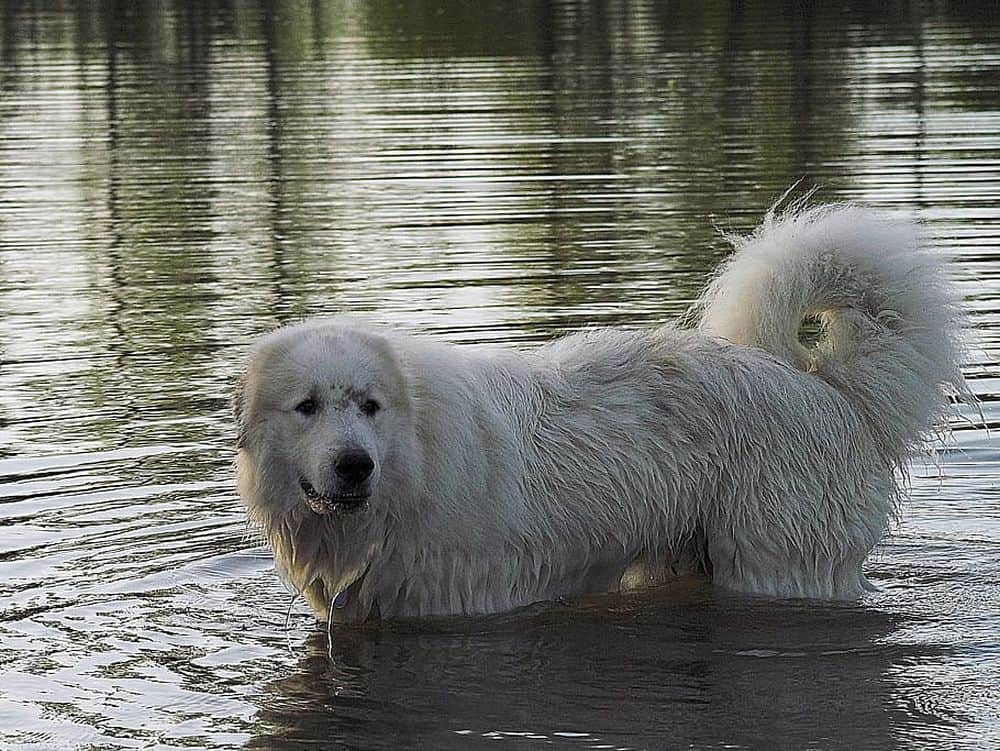 | 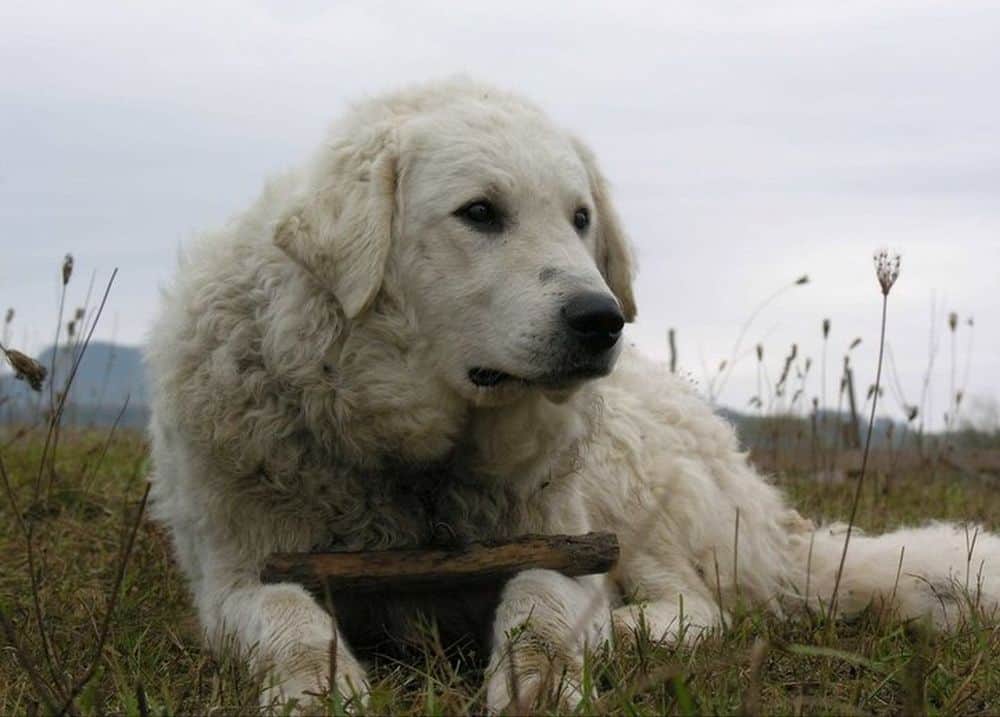 |
As I said, people often have trouble distinguishing the two breeds.
Both Great Pyrenees and Kuvasz are big white balls of fur. Still, on a closer look, you’ll notice that Pyrs are a bit bulkier.
It’s also obvious when they’re on the move, as Kuvasz is more agile, light-footed, and faster.
Both breeds are great for families, but only after they went through proper training and socialization.
Pyrs are a bit more gentle and patient with kids, while Kuvasz is less stubborn and less likely to wander off.
However, they are the more active of the two and will require more exercise than Great Pyrenees.
Even though they both have abundant fur, they’re relatively low maintenance. When it comes to grooming, Pyr will require a little more work.
If you live in a densely populated neighborhood, then you should know that Great Pyrenees tends to bark more, often during the night.
Conclusion
Both of these breeds can be a wonderful addition to your family. But, you should be aware of everything that comes with owning a large dog.
While they can adapt to smaller living areas, both Great Pyrenees and Kuvasz will appreciate having enough space to freely move and play.
They’re perhaps better for owners who live in the country, or at least in the suburbs.
You shouldn’t expect them to be too much work, although some basic grooming will be necessary.
However, each of these breeds is very devoted to the family and loves to spend time with their humans, so be prepared to dedicate a fair share of your time to them.

